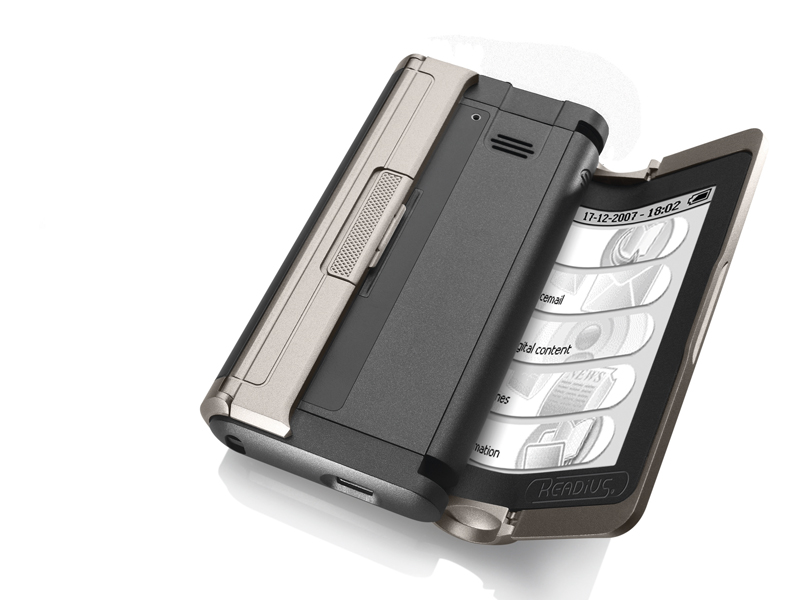
In 1907, the Belgian chemist Leo Hendrik Baekeland made a discovery that would shape the 20th century.
His invention was made from phenol and formaldehyde, and it became known as Bakelite. It was the first synthetic plastic and was soon followed by other polymers such as polythene and PVC, heralding a new era of low-cost manufacturing.
Plastics are cheap, lightweight and can be easily moulded to any shape, so it's no surprise that they've reduced the cost of manufactured goods. However, plastics are also electrical insulators, so they couldn't replace metals where electrical conduction is required.
Times are changing, though. Scientists are now able to synthesise plastics that conduct electricity and others that behave as semiconductors like silicon. Thought the silicon revolution was earth shattering? Well, according to some pundits, you ain't seen nothing yet.
The benefits
Silicon chips have done sterling service for decades and the technology shows no signs of running out of steam, so it's reasonable to ask why scientists are developing an alternative that might not seem to be needed.
Exactly the same question could well have been asked in the early part of last century, when plastics first arrived on the scene. After all, many of the commodities that are now plastic had previously been made from wood or metal and most people were perfectly happy with the status quo.
Get daily insight, inspiration and deals in your inbox
Sign up for breaking news, reviews, opinion, top tech deals, and more.
The first advantage of plastic electronics is the same as might have been given for plastics all those years ago — plastics are cheap. And we're not just talking about the raw material. Since silicon chips are produced in multimillion- dollar fabs but plastic circuits can be created using something not too dissimilar to a desktop printer, it's easy to see that manufacturing costs will plummet. However, cost is only a part of it.
Plastics offer a number of other advantages, as Scott White, CEO of UK-based Nano ePrint explained: "Plastic electronics could create new market segments. For example, plastics can be transparent and flexible. These characteristics could enable 'computers' that have a quite different form factor from the conventional desktop or laptop.
"One option is the fully flexible screen. Another characteristic is robustness. Today's robust PCs, such as those intended for industrial or military applications, use bulky shock absorption materials to get around the inherent lack of resilience of the memory and processors to physical abuse. Plastic electronics tend to be much more resilient, and hence could enable simpler, lighter and more cost effective robust electronics."
Futurologists paint a very innovative vision of the future for plastic electronics, thanks to it being cheap, flexible, tough and lightweight. Its applications are limited only by their imagination.
Electronics that are integrated into our clothing is just one possible area of innovation, and the suggested applications include personal communication and entertainment abilities without pockets full of gadgets, automatic adaptation to changes in the temperature and transmission of washing instructions to the washing machine. However, this isn't just pie in the sky – applications are already starting to appear.
Polymer Vision's Readius is a pocket eBook reader that measures only 115mm x 57mm x 21mm but, thanks to its flexible plastic display, it has a 5in (120mm) screen that rolls away when not in use.
Displays
Cambridge-based Plastic Logic is a leading manufacturer of flexible plastic displays. I asked Duncan Barclay, Senior Manager and Systems Architect, about plastic displays. "Plastic displays work by combining two different technologies," Duncan told me. "A display is composed of an active matrix backplane and the frontplane media.
The frontplane media that Plastic Logic currently uses is E Ink's Visplex Imaging Film. The active matrix backplane is an array of pixels that comprise of a plastic thin-film transistor and storage capacitor – much the same as an active matrix TFT-LCD screen. The transistors are used to select each pixel, and the capacitor is used as a memory element to store the desired pixel colour for a short period of time.